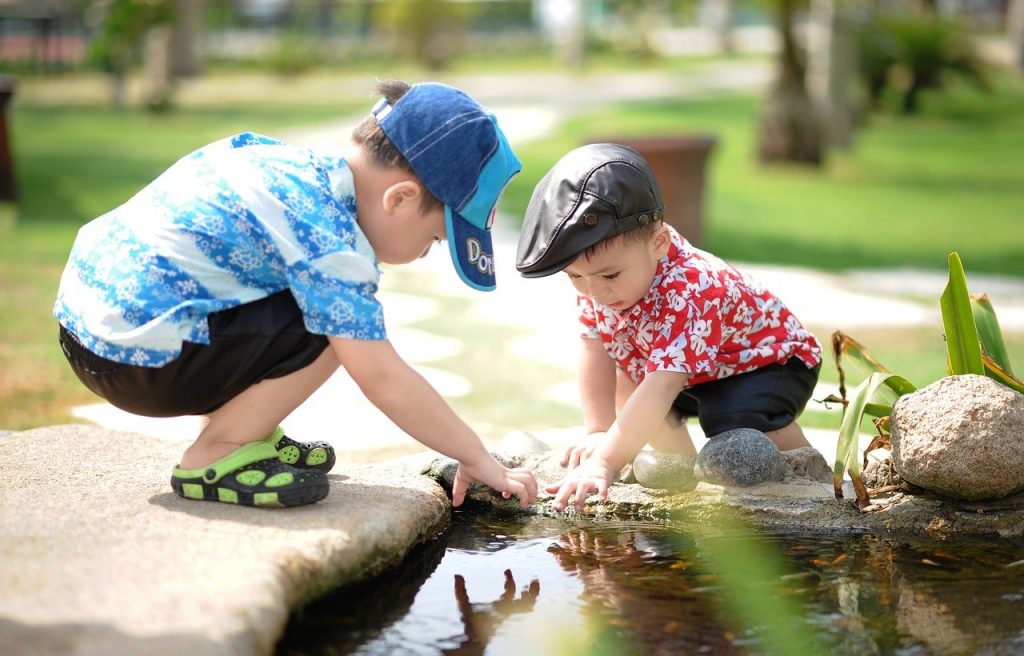Estimated reading time: 5 minutes
Table of contents
It’s every photographer’s, parent’s, and especially a mother’s dream to capture those treasured shots, from using toys as props to embracing the candid moments.
The great thing about children’s photography is that almost anyone with enough energy and patience can take some pretty good photos of their children. You don’t need a high-end camera. You don’t need to spend a lot of money on lighting. You don’t even need to understand all of your camera’s complicated buttons. Just make sure you have good lighting if you want to chase the cuteness? In fact, photographing children is one of the simplest things you can do with your camera. If you are a photographer or simply want to get the best portrait photos of your children, you must make it worthwhile for them! Making photo shoots enjoyable means that your children will want to do it again and again.
Taking good photographs of children entails chasing the cute things they do and (hopefully) capturing those cute things on camera. In short, you must match your own energy level to that of the children (which is extraordinarily high).
We’d like to share some of the approaches and creative approaches you can use to get the best shots of your children.
1. Get out of the studio mood! Go Outdoors
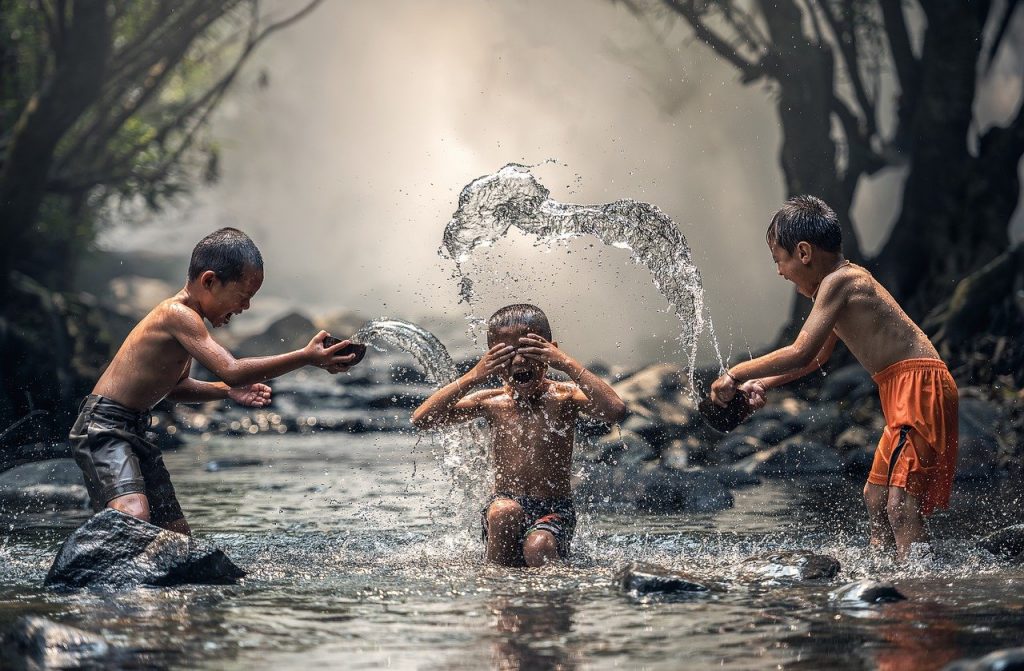
You don’t need a fancy studio set up to take great photos of kids. In fact, getting out of the studio and into their natural environment is preferable. You only need one studio shot of your children per year, and we consider that to be their school photos. Step outside. Enter their room. Take child portraits anywhere – just not in a studio. When children are allowed to play outside, they perform at their best.
2. Create a situation. Then watch how it unfolds
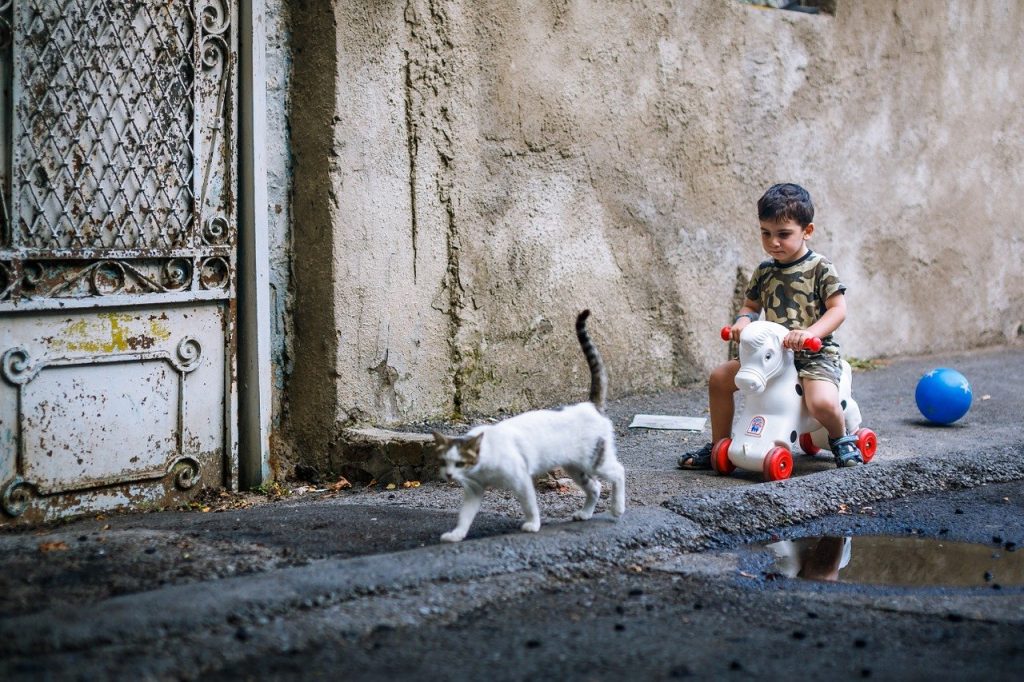
Children are unpredictable in a predictable way. Sure, they can do anything at any time, but what do you think will happen if you put a bowl of chocolate ice cream in front of them without a spoon? We predict that you’ll end up with some hilarious photos of your child with ice cream all over their face. To get some genuine caring shots, give them a pet or a puppy to play with.
3) Use a fisheye lens
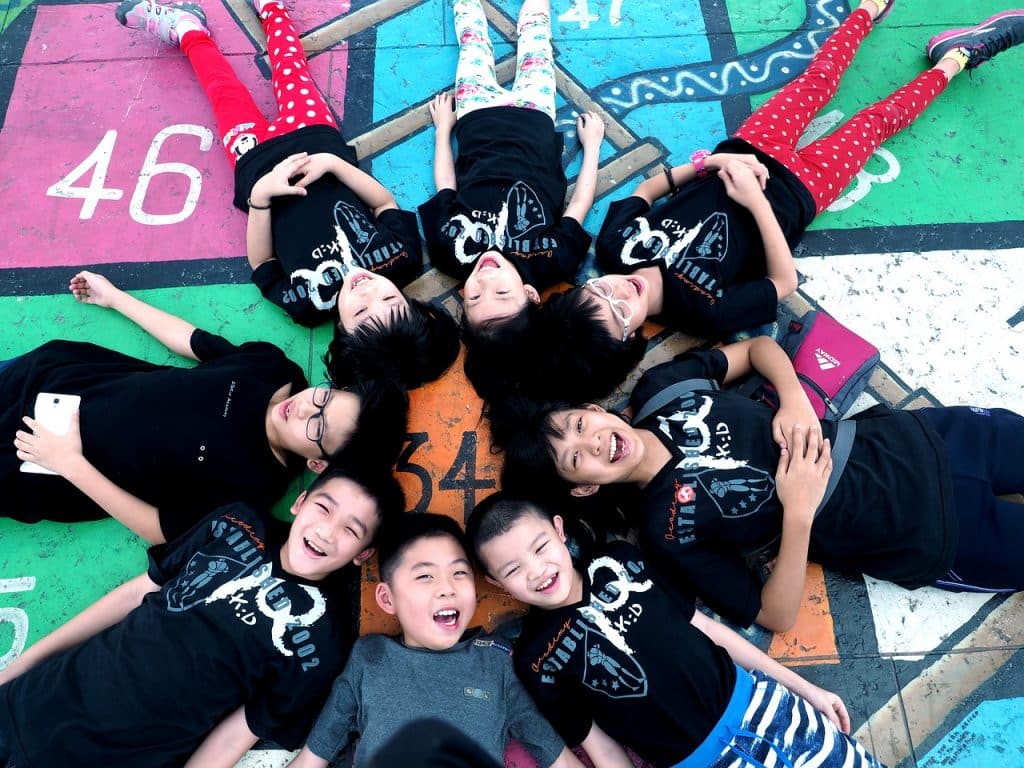
If you’re going to be taking a lot of pictures of children, get a fisheye lens. You can capture not only a broad scene of what’s going on but also the mood of what it’s like to be a kid — everything is slightly “larger than life.” It’s one of our favorite techniques because it allows you to capture the energy of children as well as the chaos around them. It’s a lot of fun, especially during your children’s parties and beach time.
4) Don’t say No

Half of the reason why children’s photography is so rewarding is that their imagination and creativity are far beyond our adult minds. We frequently find ourselves in situations where we want to photograph children but never end up getting the desired shots.
Our rule of thumb is to almost never say “no” to a child’s ideas. The majority of them are excellent. No, in fact, the majority of them are excellent. Just let them run with their ideas, and you’ll be much happier with the outcome.
5) Get a helper behind you who is good with kids
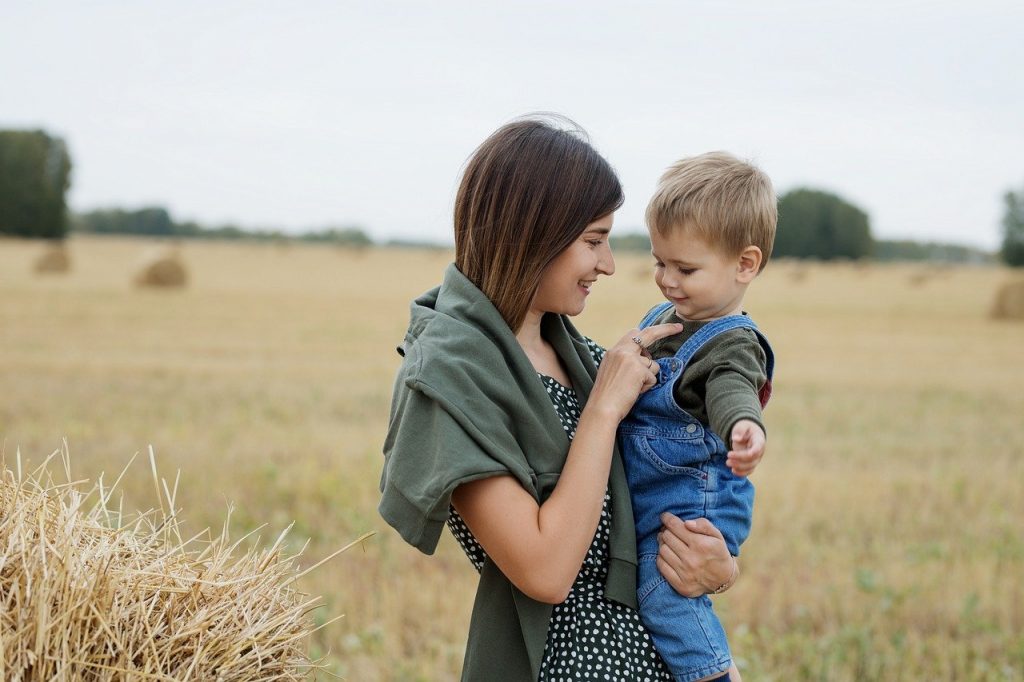
Kids have short attention spans, so you may require the assistance of another person to keep them in one place long enough for you to shoot something spectacular. The advantage of having a helper behind you while shooting is that you can get the kids to appear to be looking directly into the camera for some cute shots.
Note: If you want to make some adjustments to the photo just let me know. I can do it for you at a very low cost. You can hire me to edit your photo.
latest post
- What is Midjourney
 Discover the capabilities of Midjourney AI, learn how to effectively utilize the platform, and explore the advantages and disadvantages of the Midjourney AI image generator across its different pricing options.
Discover the capabilities of Midjourney AI, learn how to effectively utilize the platform, and explore the advantages and disadvantages of the Midjourney AI image generator across its different pricing options. - Brand identity elements
 In the vast marketing universe, imagery is pivotal in establishing and nurturing a brand’s identity. A brand’s visual choices are not merely aesthetic decisions but strategic moves that can significantly influence perception and performance. This Picfixs article explores the intricacies of selecting imagery that complements and enhances a brand’s essence, ensuring it resonates with the… Read more: Brand identity elements
In the vast marketing universe, imagery is pivotal in establishing and nurturing a brand’s identity. A brand’s visual choices are not merely aesthetic decisions but strategic moves that can significantly influence perception and performance. This Picfixs article explores the intricacies of selecting imagery that complements and enhances a brand’s essence, ensuring it resonates with the… Read more: Brand identity elements - 100 Best Mountain Captions and Mountain Quotes for Instagram
 Ready to scale new social media heights? Look no further than this treasure trove of 100 exhilarating captions and quotes, handpicked for your Instagram mountain posts!
Ready to scale new social media heights? Look no further than this treasure trove of 100 exhilarating captions and quotes, handpicked for your Instagram mountain posts! - Symmetry in Photography: A Creative Approach with Examples
 Delve into the enchanting realm of symmetry in photography as we showcase mesmerizing examples on our website. Experience the allure of perfectly mirrored images!
Delve into the enchanting realm of symmetry in photography as we showcase mesmerizing examples on our website. Experience the allure of perfectly mirrored images! - 11 Quarantine Photoshoot Ideas to Try at Home for Amazing Photos
 Looking for unique photoshoot ideas during quarantine? Explore the 11 creative suggestions that will help you capture unforgettable moments at home.
Looking for unique photoshoot ideas during quarantine? Explore the 11 creative suggestions that will help you capture unforgettable moments at home.
related link


